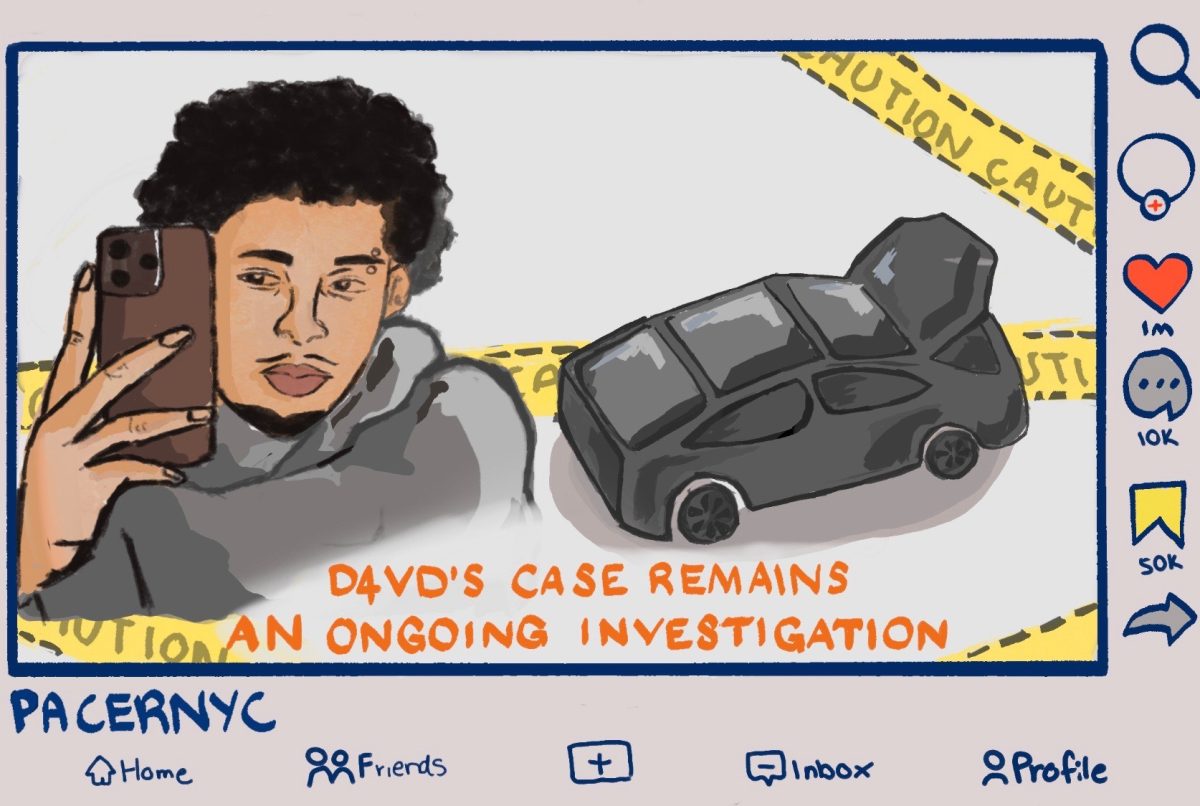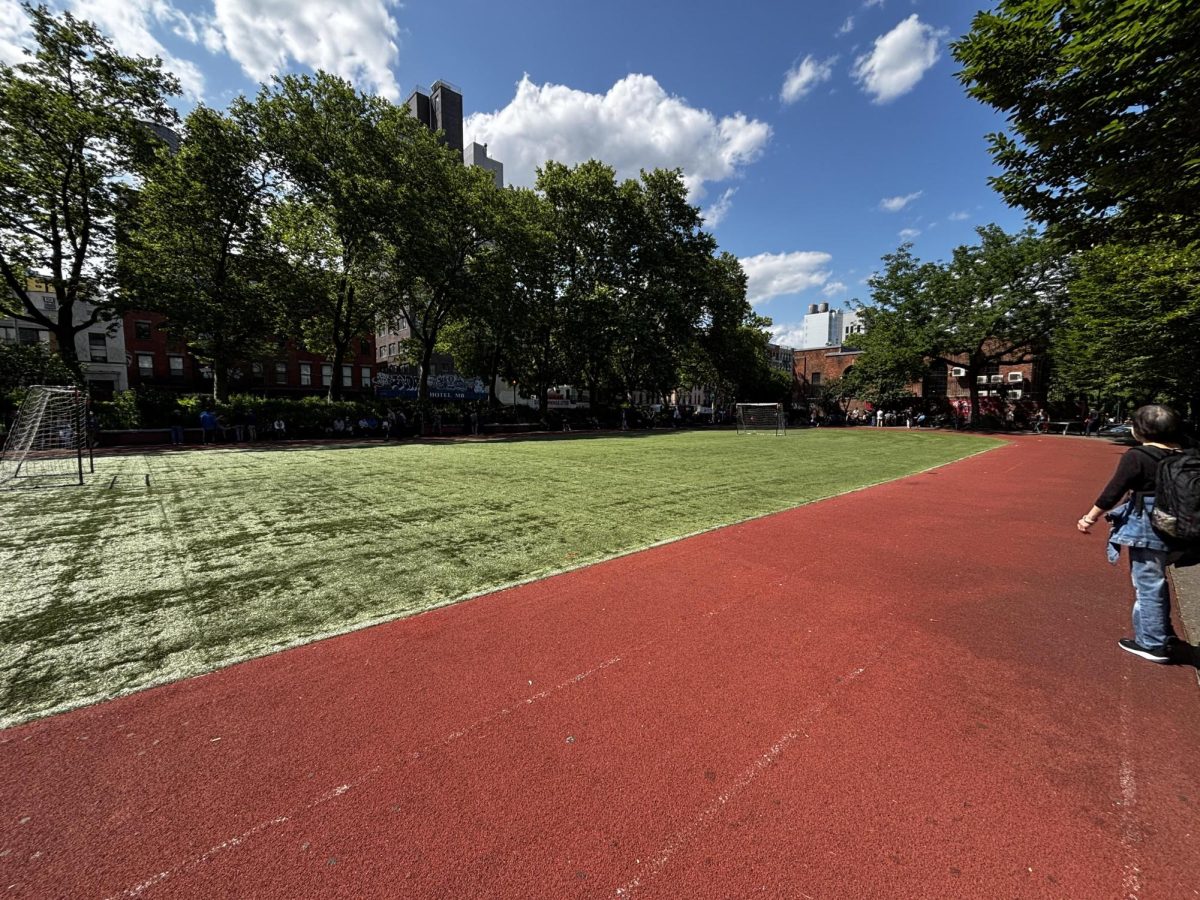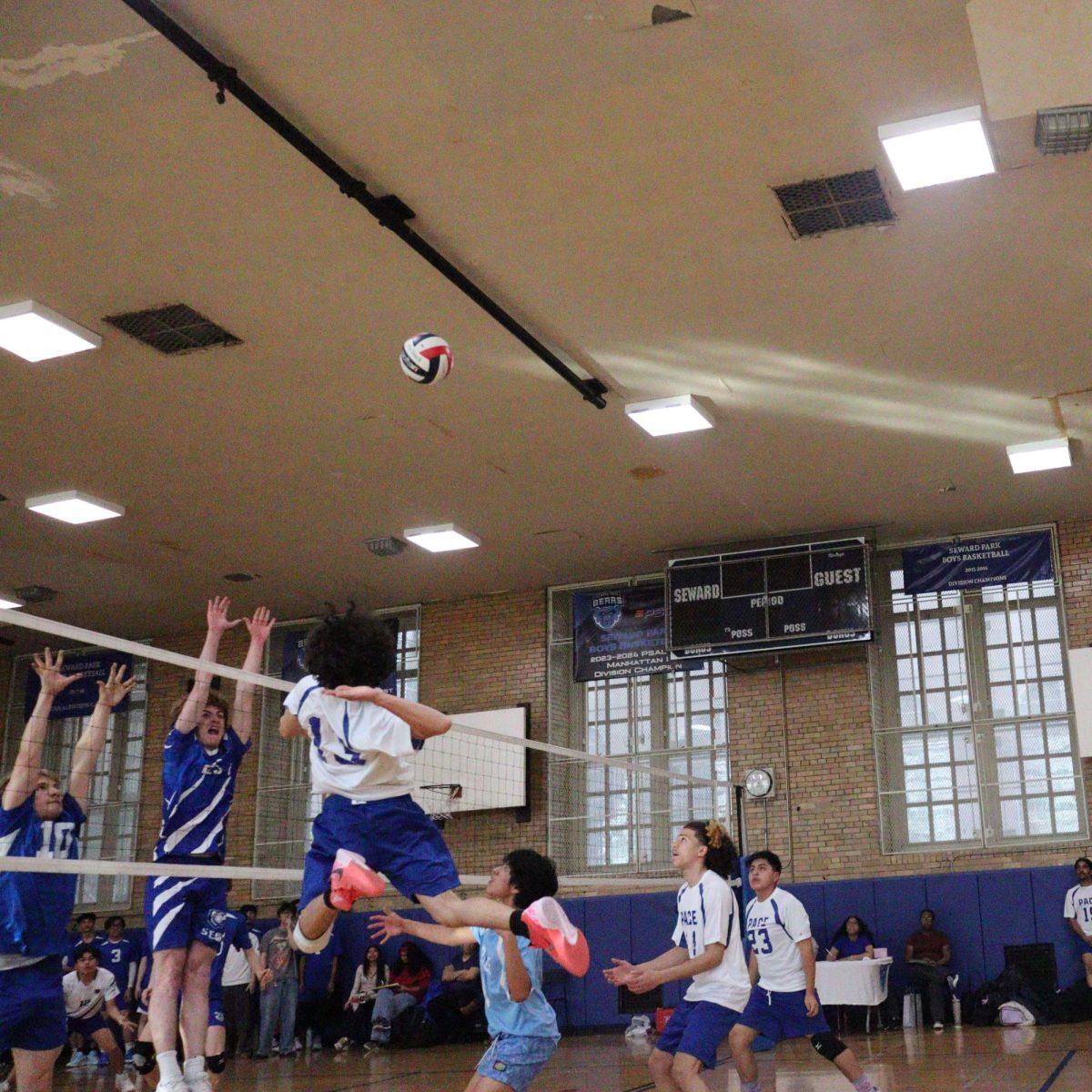The Scholastic Aptitude Test (SAT) is a nationally acclaimed exam, recognized by a myriad of colleges around the globe. Since its conception in 1926, College Board has issued these exams in a physical format – through the means of paper. However, starting in 2024, they will solely be offered in a digital manner.
The SAT has always maintained a similar structure: four sections, three hours. However, it will now be adjusted into two modules, each testing both English and math for a total of two hours. The number of questions on the SAT has decreased which corresponds to the decreased time given.
Depending on the number of questions answered accurately in the first module, a set range of one’s final score is established; it is within the second module that hones in on a certain score. By ascertaining the complexity of the second module, because of this, one will be able to estimate their performance.
However, not all are particularly thrilled with the new formatting of the digital SAT.
Comparatively to the SATs prior to its digitalization, Tristan Liu, a senior said, “I think it will change the curriculum and, in a sense, make it more difficult. It’s a change that I don’t necessarily like since it hampers your ability to show your strengths.”
Furthermore, the digital SAT has been set to be adaptive; it alters the difficulty of each proceeding question upon inputting a question — correct answers increase the intensity, whilst erroneous ones decrease it. In note of this, the more difficult the question, the greater its impact on the final score.
As College Board explained, inspired by the pandemic, they wish to pursue the SAT’s digitalization to expand its accessibility, regardless of locale or frequency: “The pandemic has accelerated our transition to offering a digital SAT Suite of Assessments. Students are now doing more of their learning and testing digitally, and the SAT shouldn’t be the exception,” they say, “going digital allows us to offer much more flexibility… of access and equity and has been shown to lead to higher college-going rates for low-income and rural students.”
Even with this stark adjustment to SAT, volunteers at Pace High School continue offer tutoring sessions to accommodate for this pivotal examination for those who registered within a set timeframe
With volunteers assisting with the program’s facilitations, they and Ms. Ellovich operate the sessions, honing their mathematical and linguistic proficiency: “It changed how we took the practice test and we don’t have to go here on a Saturday, so that’s nice; the communication is now easier between the students and volunteers too,” said Ms. Ellovich.
As one of its attending members, Aiyman Tayba, a junior, says, “I took a mock, digital SAT, and it was definitely much easier and less stressful than the PSAT I took last year.”
As with all manner of things, they have their faults, as Tristan espouses. The digital format of the SAT could potentially become an inhibiting factor to those accustomed to its physical-counterpart, having the potential for them to become overwhelmed – technology has a tendency to precipitate irritation.
However, it is to say that coinciding with College Board’s wish to alter the SAT’s format, a sundry of colleges are becoming “test optional” or “test free,” deviating from the several decades-long hegemony – a cascading effect of the pandemic.
Society, alongside its common interests, is invariably shifting, and so will the SAT.

























